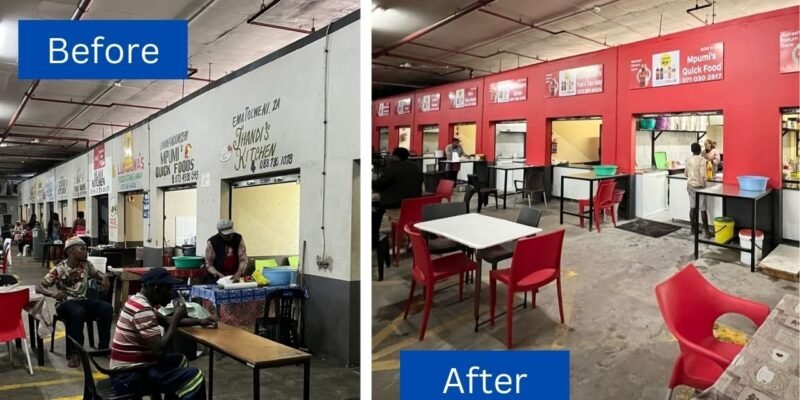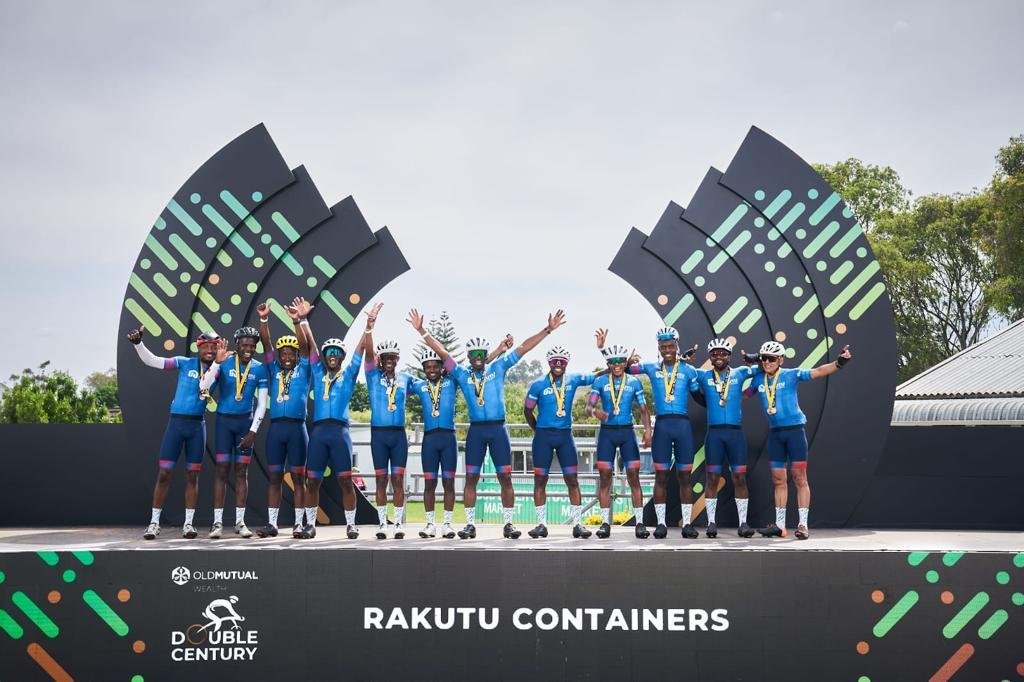Rakutu Trading and Projects, in partnership with Coca-Cola Biz n a Box, recently completed a significant revitalization project in the Eastern Cape region. The initiative involved renovating an entire row of catering vendors, upgrading their infrastructure, and providing essential equipment. This transformative project aimed to enhance the food offerings and overall experience for customers in the area.
A Fresh Look and Enhanced Functionality
The revitalization project encompassed a series of improvements, including:
- Deep Cleaning and Sanitation: The catering vendors received a thorough cleaning to ensure hygienic food preparation and service.
- Fresh Coats of Paint: The exteriors and interiors of the vendors were repainted to give them a fresh and inviting appearance.
- Infrastructure Upgrades: Necessary repairs and upgrades were made to improve the functionality and durability of the vendors’ structures.
- Equipment Provision: Essential catering equipment was provided to enhance the vendors’ capabilities and offerings.
The kitchens before
The kitchens After
The visual transformation of the catering vendors is a testament to the impact of the revitalization project. The once dated and worn-out structures now exude a modern and inviting atmosphere. The clean and vibrant exteriors, coupled with the upgraded interiors, create a more appealing environment for customers.
A Boost to Local Businesses and the Community
This revitalization project not only improved the appearance of the catering vendors but also had a positive impact on the local business landscape. By enhancing the food offerings and creating a more inviting atmosphere, the project encouraged increased patronage to the area. This, in turn, boosted local businesses and contributed to the overall economic development of the region.
Partnerships for Progress
The successful completion of this project is a result of the collaborative efforts between Rakutu Trading and Projects and Coca-Cola Biz n a Box. The partnership leveraged the expertise and resources of both organizations to deliver a significant impact on the Eastern Cape food scene.
A Commitment to Community Development
Rakutu Trading and Projects remains committed to contributing to the development of local communities. Through initiatives like this revitalization project, we aim to create positive change and improve the quality of life for residents.
We invite you to explore more of our community development projects and learn how we are making a difference in South Africa.



















